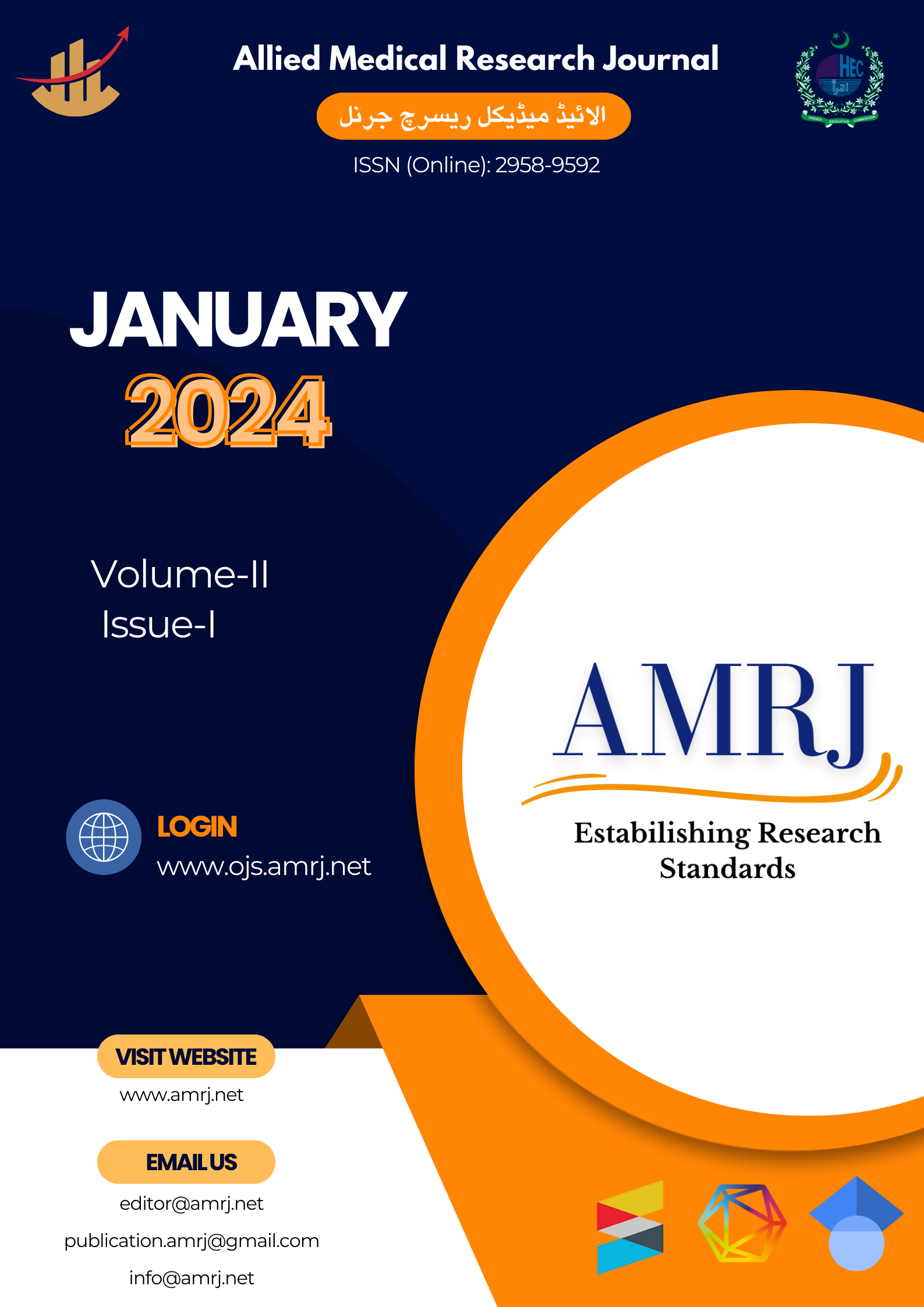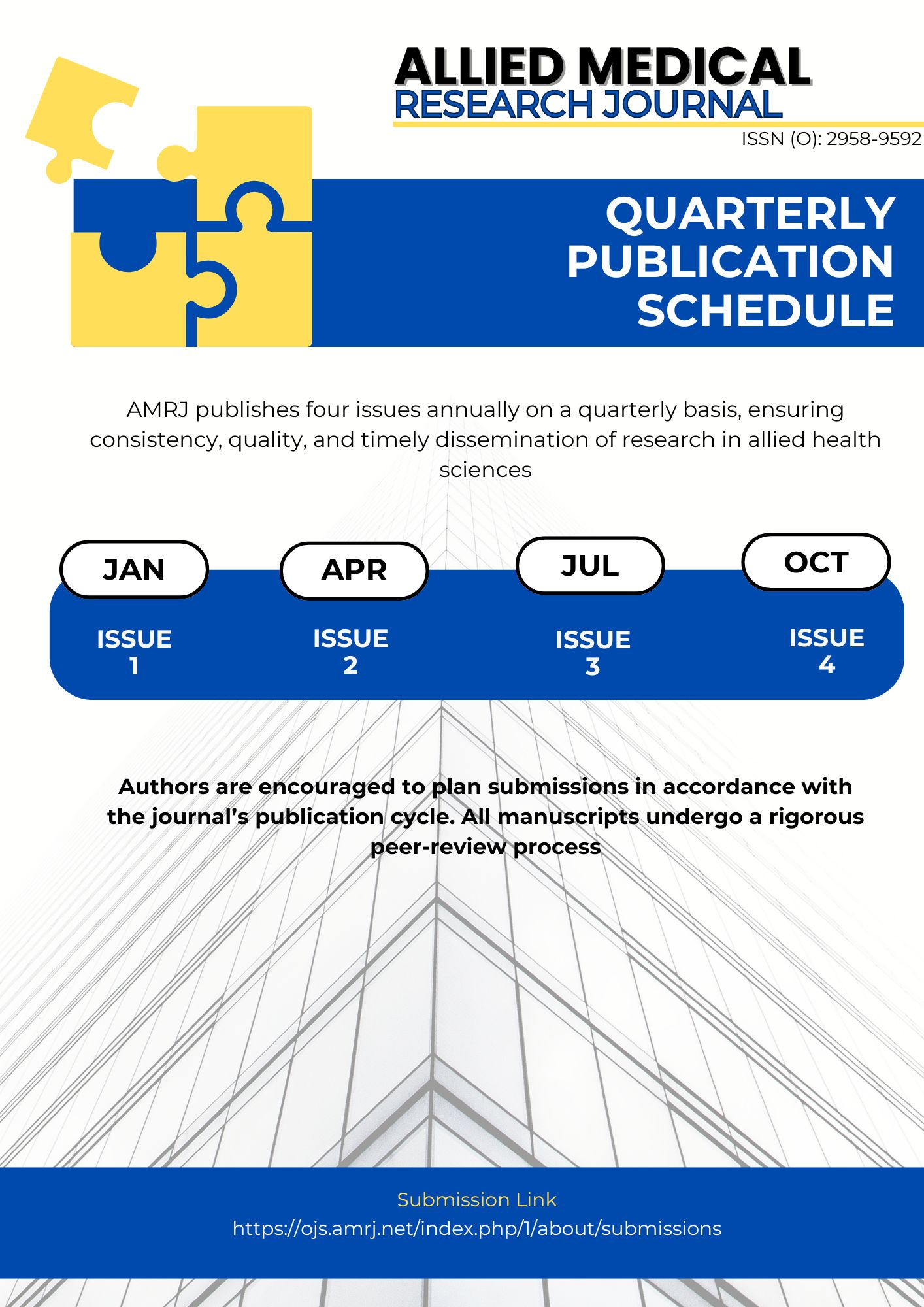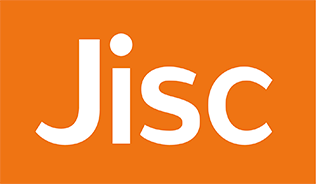Assessment of the Health-Related Fitness among Healthcare Professionals
Fitness among Healthcare Professionals
Keywords:
Basal Metabolism, Body Composition, Comorbidity, Exercise, Physical ActivityAbstract
Background: Physical inactivity's prevalence is alarming increasing worldwide leading to various non-communicable diseases. Studies highlight disparities in activity levels among people with occupational variations. Addressing fitness is essential for mitigating occupational health issues and enhancing overall productivity among medical professionals.
Methods: This descriptive cross-sectional study was conducted in multiple tertiary care facilities. A total of 78 participants were recruited using the non-probability convenience sampling technique. Participants performed four different assessments in the following order: (i) BMI by weight and height measurements (ii) Cardiorespiratory endurance by 3 minutes step-test (iii) Muscular endurance by abdominal curl up and (iv) Flexibility by shoulder scratch test and sit and reach test, the session lasted for approximately 20 minutes, with 3 minutes of resting period between exercises. The analysis was performed using SPSS V.21.
Results: The results show an average age of 28 years for the participants. The mean Basal Metabolic Rate (BMR) was 1375.98 kcal. The Dietary Calorie Restriction (DCR) was 1907.32 kcal. (RAPA) shows that 34% of n=78 is mildly active which results in very good muscular endurance of 29.5% and excellent VO2 Max of 59%. Flexibility was excellent with 40-48%.
Conclusion: The study reveals notable physical fitness among healthcare professionals, highlighting positive outcomes in key parameters such as BMR, DCR, muscular endurance, flexibility, and VO2 max.
References
Evaristo S, Moreira C, Lopes L, Oliveira A, Abreu S, Agostinis-Sobrinho C, Oliveira-Santos J, Póvoas S, Santos R, Mota J. Muscular fitness and cardiorespiratory fitness are associated with health-related quality of life: Results from labmed physical activity study. Journal of Exercise Science & Fitness. 2019 May 20;17(2):55-61.
Hamdani SM, Zhuang J, Hadier SG, Khurram H, Hamdani SD, Danish SS, Fatima SU, Tian W. Establishment of health related physical fitness evaluation system for school adolescents aged 12–16 in Pakistan: a cross-sectional study. Frontiers in Public Health. 2023;11.
Guthold R, Stevens GA, Riley LM, Bull FC. Worldwide trends in insufficient physical activity from 2001 to 2016: a pooled analysis of 358 population-based surveys with 1· 9 million participants. The lancet global health. 2018 Oct 1;6(10):e1077-86.
Katzmarzyk PT, Friedenreich C, Shiroma EJ, Lee IM. Physical inactivity and non-communicable disease burden in low-income, middle-income and high-income countries. British journal of sports medicine. 2022 Jan 1;56(2):101-6.
Marques A, Henriques-Neto D, Peralta M, Martins J, Demetriou Y, Schönbach DM, Gaspar de Matos M. Prevalence of physical activity among adolescents from 105 low, middle, and high-income countries. International journal of environmental research and public health. 2020 May;17(9):3145.
Ranasinghe CD, Ranasinghe P, Jayawardena R, Misra A. Physical activity patterns among South-Asian adults: a systematic review. International Journal of Behavioral Nutrition and Physical Activity. 2013 Dec;10:1-1.
Hamdani SM, Jie Z, Hadier SG, Tian W, Hamdani SD, Danish SS, Fatima SU. Relationship between Moderate-to-Vigorous Physical Activity with Health-Related Physical Fitness Indicators among Pakistani School Adolescents: Yaali-Pak Study. The Scientific World Journal. 2022;2022.
Marques-Sule E, Miró-Ferrer S, Muñoz-Gómez E, Bermejo-Fernández A, Juárez-Vela R, Gea-Caballero V, del Carmen Martínez-Muñoz M, Espí-López GV. Physical activity in health care professionals as a means of primary prevention of cardiovascular disease: A STROBE compliant cross-sectional study. Medicine. 2021 Jun 6;100(22).
Thivel D, Tremblay A, Genin PM, Panahi S, Rivière D, Duclos M. Physical activity, inactivity, and sedentary behaviors: definitions and implications in occupational health. Frontiers in public health. 2018 Oct 5;6:288.
Tišlar MH, Starc G, Kukec A. Work-related musculoskeletal disorders among physiotherapists and physiotherapy students in Croatia and their association with physical fitness. Slovenian Journal of Public Health. 2022 Jun 28;61(3):171-80.
Saridi M, Filippopoulou T, Tzitzikos G, Sarafis P, Souliotis K, Karakatsani D. Correlating physical activity and quality of life of healthcare workers. BMC research notes. 2019 Dec;12(1):1-6.
Chen X, Cui J, Zhang Y, Peng W. The association between BMI and health-related physical fitness among Chinese college students: a cross-sectional study. BMC Public Health. 2020 Dec;20:1-7.
Nabi T, Rafiq N, Qayoom O. Assessment of cardiovascular fitness [VO2 max] among medical students by Queens College step test. Int j Biomed adv res. 2015;6(5):418-21.
Valdés-Badilla P, Guzmán-Muñoz E, Ramírez-Campillo R, Godoy-Cumillaf A, Concha-Cisternas Y, Ortega-Spuler J, Herrera-Valenzuela T, Duran-Agüero S, Vargas-Vitoria R, Magnani-Branco BH. Changes in anthropometric parameters and physical fitness in older adults after participating in a 16-week physical activity program. Revista de la Facultad de Medicina. 2020 Sep;68(3):375-82.
Miszory EV, Makai A, Pakai A, Járomi M. Cross-cultural adaptation and validation of the rapid assessment of physical activity questionnaire (RAPA) in Hungarian elderly over 50 years. BMC sports science, medicine and rehabilitation. 2022 Dec;14(1):1-9.
Patel A jagdishchandra. Cardio-Respiratory Fitness in Physiotherapy Students And Corelating It With Gender, BMI, Height, Weight And Resting Heart Rate: A Cross Sectional Study. 2022 May 5;10(5):1785–8.
Pawaria S. Study on cardio-respiratory fitness of physiotherapy students: A cross-sectional study. Journal of Physical Fitness, Medicine & Treatment in Sports. 2017;1(2). doi:10.19080/jpfmts.2017.01.555558.
Kyle RG, Wills J, Mahoney C, Hoyle L, Kelly M, Atherton IM. Obesity prevalence among healthcare professionals in England: a cross-sectional study using the Health Survey for England. BMJ open. 2017 Dec 1;7(12):e018498.

Downloads
Published
Issue
Section
License
Copyright (c) 2024 Saiqa Jalil, Talala Bashir, Atqa Rehman, Huma Bukhari, Kanwal Fayaz, Aisha Sarfaraz

This work is licensed under a Creative Commons Attribution-NonCommercial 4.0 International License.








